How to choose a coffee maker
We spoke to experts for this comprehensive guide to choosing a coffee maker
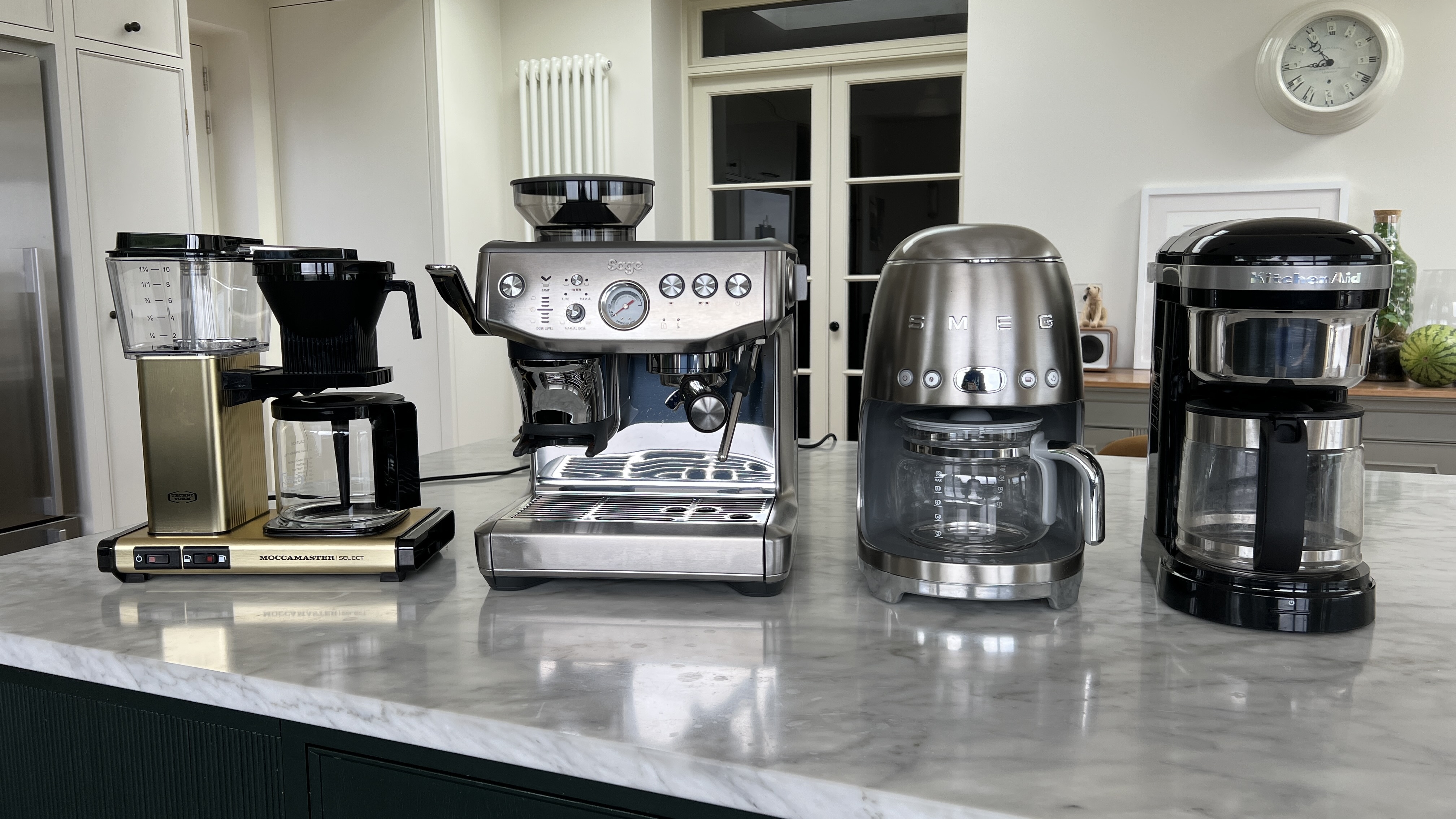
- 1. What type of coffee maker do you prefer?
- 2. Got a favorite coffee type?
- 3. Watch the price and hidden costs
- 4. Compare the brewing capacity
- 5. Consider the ease of use
- 6. Note the pressure
- 7. More features
- 8. Take into account the noise levels
- 9. Read up on the safety measures
- 10. Be aware of the maintenance required
- 11. Read customer reviews and ratings
- 12. Quality of deals
When choosing a coffee maker, the options can be overwhelming. The market is flooded with various types, from simple drip coffee makers to high-end espresso machines. All at different price points, with different features for different coffee drinkers.
Do you prefer a quick, on-the-go coffee or the entire coffee-making process? Do you enjoy the simplicity of pods or the freshness of beans?
To help you decide which of the best coffee makers is right for you, your needs, and your kitchen, we spoke to Anna Batten, Product Manager at Smeg UK, and Michael Strickland, De’Longhi UK & Ireland's Coffee Training Lead and Expert. They explain what to look for when shopping for a coffee maker, how to know the best machine for you, and what to avoid. Whether you're a coffee connoisseur or a casual drinker.
How to choose a coffee maker
1. What type of coffee maker do you prefer?
The first step in choosing a coffee maker is deciding which type suits you and your needs best.
"The main types of makers are manual espresso machines, automatic machines, drip filter machines, and pod machines," explained Batten. "The key differences are the method and simplicity of making the coffee. They all give completely different results, too."
- Drip coffee makers: Drip coffee makers run hot water through a filter full of coffee grounds, causing the coffee to drip into a coffee mug.
- Espresso machines: Espresso machines are typically much larger and have various complex features, such as a steam wand, portafilter, and high-pressure pump. They are available in manual, semi-automatic, and automatic models.
- Pod coffee machines: Made famous by Nespresso, Keurig, and Tassimo, these coffee makers use pods to make a range of coffee types, from espresso to mochas and more.
- Pour-over: With pour-over coffee brewers, hot water is manually poured over the grounds rather than automatically, as with drip coffee machines.
- French press: Also known as a cafetière or coffee press, a fully manual coffee maker makes coffee by pushing hot water through coffee grounds using a plunger.
"Drip coffee machines are great for entertaining but produce very strong coffee and are best for Americanos," continued Batten.
"Manual machines offer the option of adjusting the amount of coffee dispensed or the grind, depending on whether you prefer fine or coarse."
Sign up to receive the latest news, reviews, buying guides and deals direct to your inbox
Semi-automatic espresso machines allow you to tweak various settings, such as grind size, filter size, water temperature, and more (depending on the model). Still, the machine itself controls the pressure and extraction process.
Automatic espresso machines are similar to the large coffee machines found in hospital waiting rooms, offices, or hotels and make different types of coffee – latte, cappuccino, macchiato, and so on – at the touch of a button.
Finally, pod machines are simple and easy to use. They make different types of coffee—latte, cappuccino, macchiato, and so on—with minimal mess, but they offer less customizable control.
"All these machines will make a great cup of coffee and serve a purpose," added Strickland. "Theoretically, manual bean-to-cup makers offer the best result and are as close to the coffee shop experience as possible. Yet this is in theory because should you get any of the variables wrong, you can ruin the taste of the final result."
If you'd like to learn more about the differences between the machines, read our drip coffee vs. espresso guide.

Anna Batten is responsible for small domestic appliances, cookware, and professional product ranges at Smeg UK.
2. Got a favorite coffee type?
Drip coffee makers, as well as manual pour-over and French press makers, all work with coffee grounds. You can buy the coffee ground in bags at the store or buy beans and turn them into grounds via a separate, standalone grinder.
Espresso machines also use grounds for the extraction, but you can choose between bean-to-cup models with built-in grinders – meaning they work with beans – or those without, meaning you’ll need to buy or make coffee grounds first.
The positive thing is that there are numerous ways to reuse coffee grounds in your garden and around your home, so opting for a coffee maker that uses grounds can have knock-on positive effects.
As the name implies, pod coffee machines use pods. You usually have to buy the pods that correspond with the brand of pod machine you own, but this makes it easy because you only need to choose the pod that corresponds with your favorite type of coffee drink—latte, cappuccino, macchiato, etc.
When shopping for beans, you’re mainly concerned with the flavor type and strength, which will depend on your personal tastes. When shopping for grounds, however, you also need to check the grind size, as this determines how much pressure is created when making the espresso.
Medium grind works best with paper filters on drip and pour-over makers, although you can experiment with different filter types and grind sizes. To get this right, espresso machines tend to come with different filter sizes and require much more time to experiment with grind and size.

3. Watch the price and hidden costs
Coffee makers range wildly in price. You can spend as little as $19.99 on a single, compact drip coffee machine, such as the Elite Gourmet Coffeemaker, or $350+ on Moccamaster and Breville models.
Simple espresso machines start at $150, in the case of the Geek Chef Espresso Machine, and go up to $24,000 for the LaCimbali S60. However, the majority are in the $700-$800 price range for machines like the Breville Barista Express, and they go up to $2,000-$3,000 for larger, more complex machines like Breville’s Oracle Touch.
You can get a cheap pod machine for around $40-$60, such as the Mixpresso 2-in-1 or the Cafe Valet Barista, yet popular models from the likes of L'Or, Keurig, and Nespresso typically retail for between $100-$300, or you can spend up to $650 for machines such as those in the De'Longhi Latissima Pro range.
When considering price, it's also important to factor in additional costs, such as the price of the coffee, filters (in the case of drip coffee machines), and capsules (in the case of pod makers).
Ground coffee tends to be cheaper than buying beans, for instance. Coffee subscription services can also be a cost-effective way to buy beans or grounds, depending on how much coffee you drink and the service you choose.
"A pod machine, while low on initial cost, more often than not works out more per cup than buying beans," explained Strickland. You also need to factor in how much you'll need to spend to maintain or repair the type of machine you choose, should something go wrong.

Michael Strickland is the De’Longhi UK & Ireland Training Lead, specializing in coffee machines. He is dedicated to providing exceptional product knowledge and training support to customers and partners internally and externally for the UK and Ireland.
4. Compare the brewing capacity
Another important factor to consider is a coffee maker's brewing capacity. Single-serve machines are convenient for those who only need to make one cup at a time, while coffee makers with larger water tanks and dual extraction are ideal for households with multiple coffee drinkers.
An average drip coffee machine with a 1.25-liter capacity makes around 10 cups of coffee per filter. An average espresso machine with a 2-liter capacity holds enough water for around 20 cups.
The speed at which the machine can brew coffee is also worth considering. Some high-end drip coffee models can brew coffee in just a few minutes, while the best espresso machines can brew in seconds. If timing is of the essence when getting your coffee fix, this will be an important factor to consider.
5. Consider the ease of use
How easy a coffee maker is to use will largely depend on your coffee-making skills and patience, but there are some key differences that make some machines easier than others.
"Automatic coffee makers are extremely simple to use and produce high-quality coffee without much effort," added Batten.
Once full of water and coffee beans, they theyrun until they need to be topped up again; these machines also tend to have intuitive touchscreen displays or buttons and produce consistent coffee every time within seconds.
Next up are pod coffee machines. Press the brew button to put your desired pod in the machine, and your coffee will be dispensed. The only additional step is remembering to remove the pod each time.
Drip coffee makers are equally simple but less versatile. You only need to be concerned with topping up the water and coffee and switching them on. The machine handles the rest. The downside to this ease of use is that the coffee is simple.
Semi-automatic espresso machines are when things start getting trickier. You must set up the machine to the best filter-to-grind size ratio for the beans or grounds to achieve the optimal espresso pressure shot.
Manual espresso machines are the most difficult to use because you’re responsible for every element of the grinding and extraction process. They are the most customizable and can come with the greatest rewards.
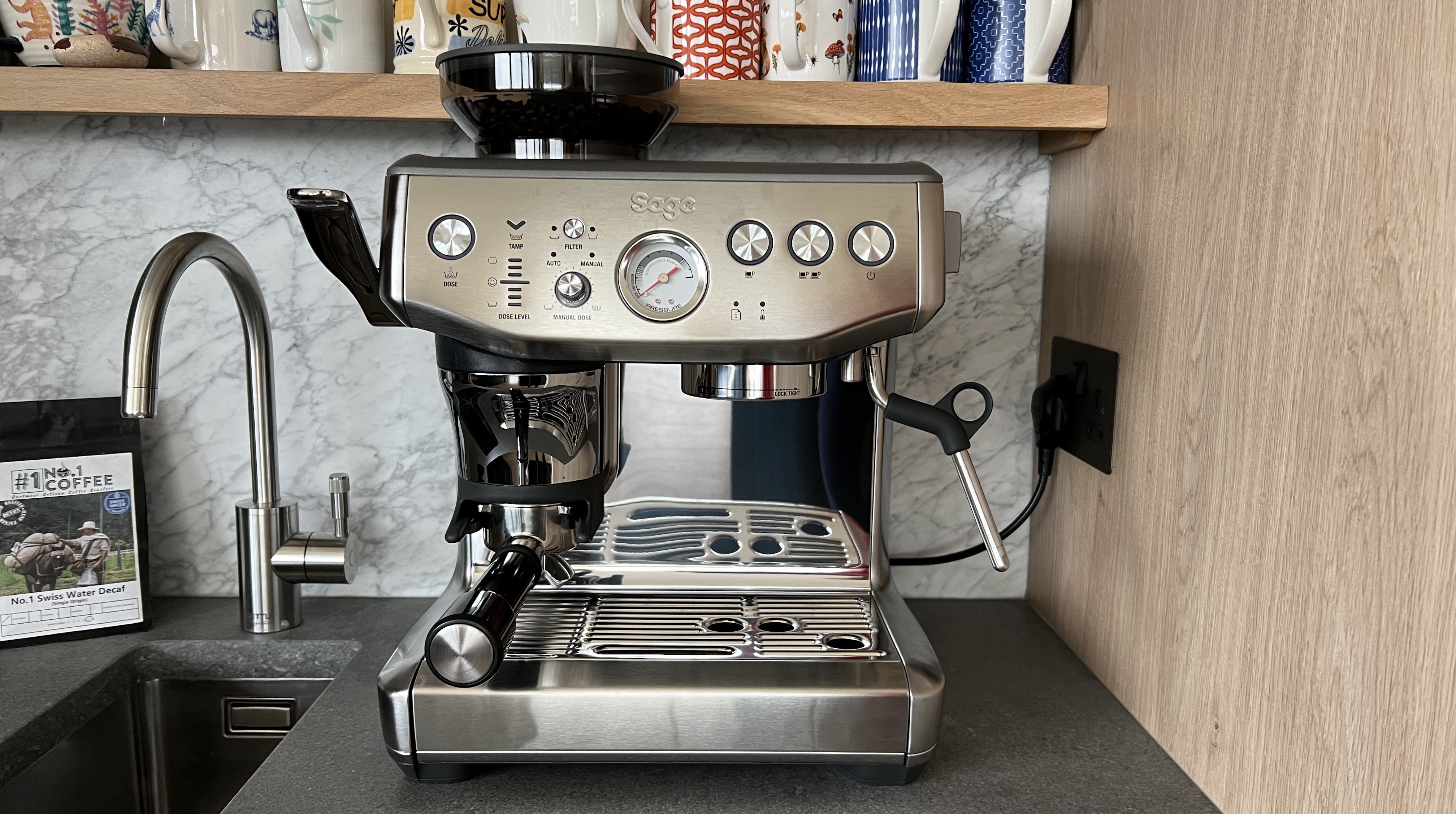
6. Note the pressure
If you’re buying an espresso machine, it’s also worth taking note of its advertised pressure level.
An espresso shot's flavor profile and texture are directly linked to the pressure at which the water passes through the coffee grounds. This is because the water pressure pulls the oils from the grounds and, thus, the full flavor.
"If you are a coffee connoisseur, the amount of pressure being forced through the coffee puck can dramatically affect the result," said Batten.
This pressure is measured in bars, and the sweet spot sits between 8 and 9. You can still get a great-tasting shot between 7 and 11 bars, but because it’s difficult to achieve such bars on at-home machines, most coffee makers are typically sold in 15-bar and 20-bar versions.
Generally, 15-bar machines are considered the next best thing for home brewing. Still, as both 15-bar and 20-bar machines can reach between 7 and 11, the difference will only be discernible to coffee fanatics.
In summary, it’s worth noting the pressure, but it’s unlikely to be a dealbreaker.
7. More features
Additional features can enhance your coffee-making experience but can also increase the cost and complexity of the machine. It’s therefore worth seriously considering whether you’ll actually use them and whether they're worth the additional cost.
Built-in grinders, for instance, allow you to grind fresh coffee beans right before brewing. Making coffee with freshly ground coffee can significantly improve its taste. However, these grinders typically add $100-$200+ to the machine's price. By comparison, a standalone grinder can cost as little as $30 but is unlikely to offer the same precision.
"If you prefer to drink lattes and cappuccinos, a milk frother attachment is a great feature as frothy and hot milk can often be overlooked," said Batten. However, they can be challenging to clean.
Smart features like WiFi and Bluetooth can add convenience to your morning ritual by letting you control your coffee maker from your smartphone. Yet, again, you need to decide if you’ll use these features. They can add a significant amount of money to the price of a machine, and such smart features can sometimes make the machine more complicated to set up and use.
Conversely, programmable timers are a convenient feature that can have your coffee ready when you wake up. This is especially useful if you want your drip coffee ready when you are, and in my experience, this feature doesn’t tend to add too much more to the price of the machine.
Most modern coffee machines have energy-saving features like auto shut-off or 'keep warm' features that use less energy than a hot plate. Thermal carafes are another energy-efficient option; they can keep coffee hot for several hours without electricity. When choosing a machine, look for energy ratings or certifications that indicate its energy efficiency.
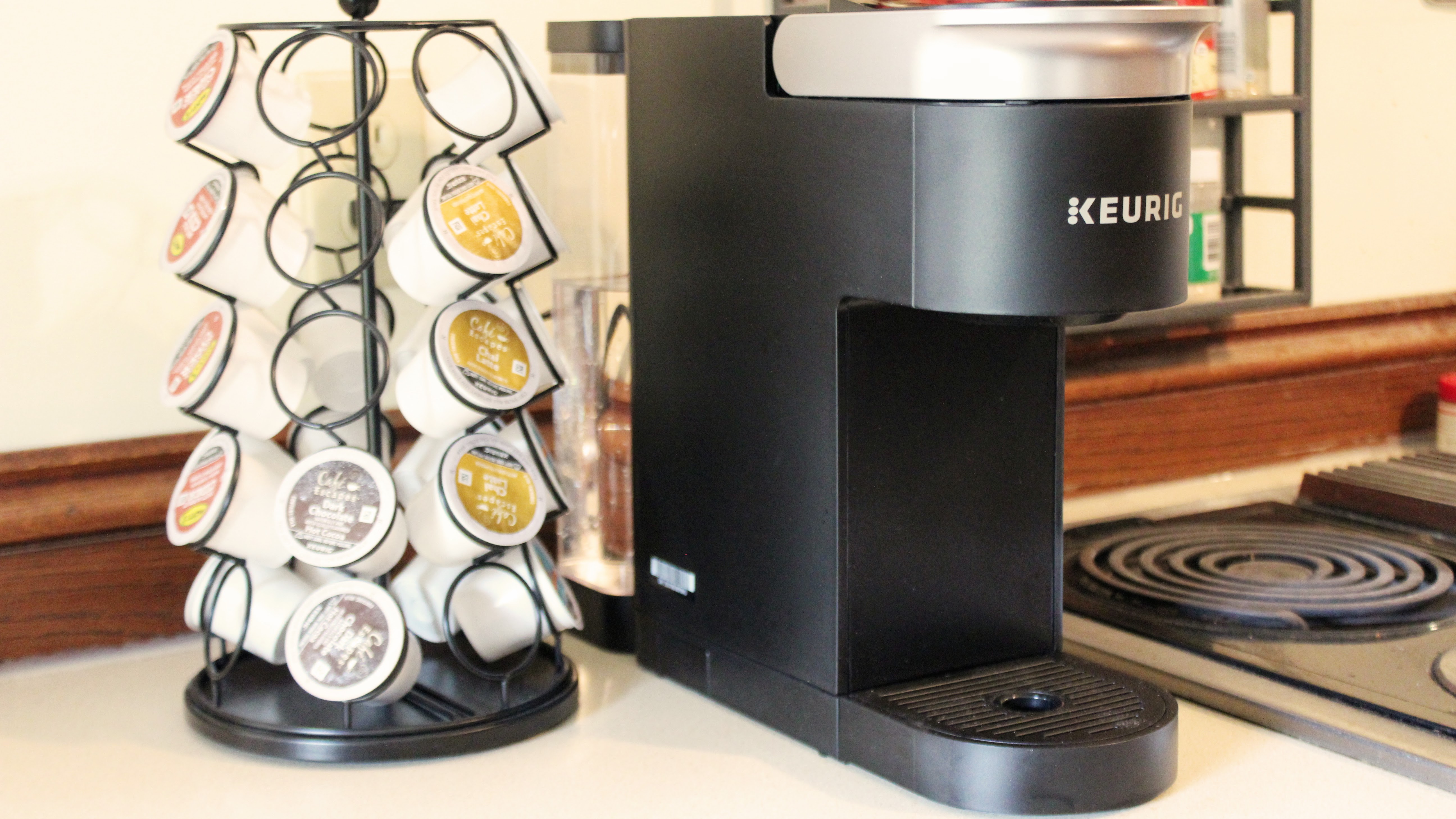
8. Take into account the noise levels
The noise level of a coffee maker can be a dealbreaker, especially if your kitchen is close to living or sleeping areas.
Espresso machines with high-pressure pumps can be particularly noisy, averaging between 70-80 decibels. The decibel levels need to sit around the 45db mark to be considered a quiet machine.
Anything above 80 decibels is considered loud. Some models are designed to be quieter and may use technologies like quiet brew or silent pump to reduce noise. However, quieter models can sometimes be more expensive.
Drip coffee makers and pod coffee machines are quieter by nature, so noise is rarely an issue for these types.
9. Read up on the safety measures
Safety should never be overlooked when choosing a coffee maker. Features like auto shut-off can prevent the machine from overheating and causing a fire hazard. Some models also have thermal protection that shuts off the machine if it gets too hot. Given their design and the fact they’re harder to use, it makes espresso machines safer than drip coffee makers, but it depends on the model.
According to Batten, the number one safety feature to consider when shopping for a coffee maker is a flat and stable base.
"You don’t want the machine wobbling when boiling water is being dispensed," she said. Another vital thing to look for when purchasing your machine is the silicone handle on steam wands. This will ensure you or someone else doesn’t burn their hands while frothing milk."
Reviews
Bosch TQU60703 800 Series VeroCafe Espresso Machine review: a smart coffee maker that can do it all
Casabrews 5700Pro Espresso Machine review: an all-in-one espresso machine with a learning curve
Jura E8 review: the best-selling bean-to-cup coffee maker from the brand
De'Longhi TrueBrew Drip Coffee Maker review: truly a marvelous brewing experience
De'Longhi Eletta Explore review: a bean-to-cup coffee maker with hot and cold brew options
L’OR Barista Coffee & Espresso System review: espresso shot or cup of coffee?
In addition, some machines feature a safety cut-off in the bean grinder, meaning if the hopper isn’t locked in place, the grinder will not function.
10. Be aware of the maintenance required
Generally, the more complex the machine, the more maintenance it needs.
Pod coffee makers are the easiest machines to maintain. Very few things can go wrong, and they only need descaling every six months or so.
Drip coffee makers have few moving parts, making them easy to clean and maintain. Replacement parts are also relatively cheap.
Espresso machines, by comparison, require more maintenance. Over time, coffee oils and mineral deposits from water can build up inside the machine, affecting the taste of your coffee and potentially damaging the machine. It’s worth descaling and cleaning at least monthly to extend the machine’s lifespan.
Some models have built-in cleaning cycles that make maintenance easier, but you usually pay more for the privilege. The availability and cost of replacement parts and repairs are also higher.
"Cleaning your coffee machine is key to its longevity," said Strickland. It's a chore, but limescale build-up not only impacts the taste of the coffee in the short term but also impacts your machine's performance in the long term."
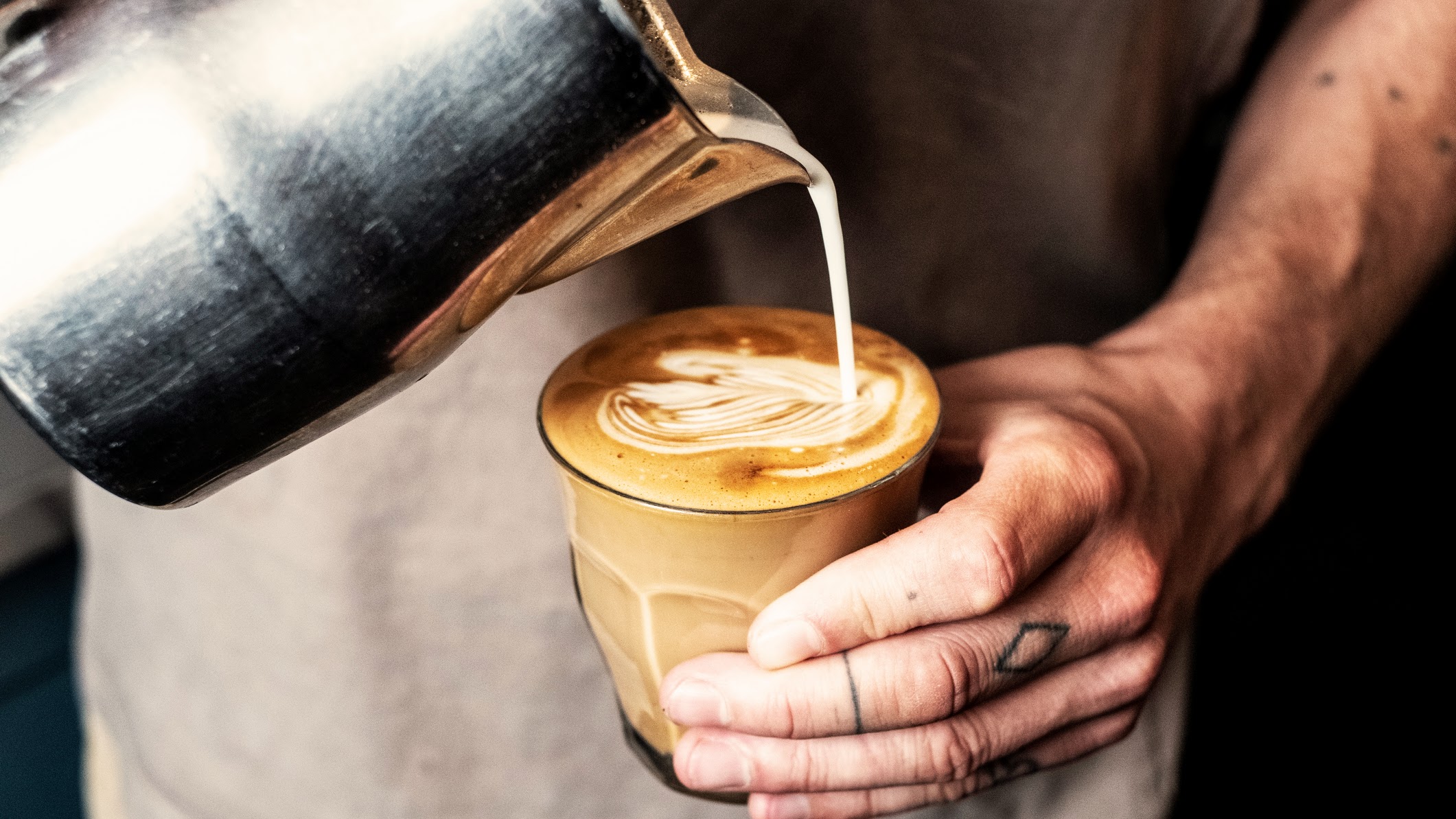
11. Read customer reviews and ratings
Once you've narrowed down your options, don't forget to check customer reviews and ratings. These can offer invaluable insights into the coffee maker's real-world performance.
Customer reviews can reveal potential drawbacks that could influence your buying decision. Some criticisms might be minor and irrelevant to your needs, while others could point out significant issues you want to avoid.
As you sift through these reviews, be vigilant about fake ones, especially during the Black Friday sales. Some retailers or websites fabricate reviews, so you must be on guard.
12. Quality of deals
Black Friday is an excellent opportunity to invest in a quality coffee maker without breaking the bank.
However, the key lies in understanding your needs and doing your homework. During Black Friday, it can be tempting to jump on the best coffee maker deal you see.
However, some retailers increase prices before the sale. Always compare prices across various stores and check historical data to ensure you get a genuine bargain. Price comparison sites like Honey and CamelCamelCamel are also saviors.
"You must consider the type of coffee you prefer and the investment you want to make in your machine. All machines aren’t equal, so comparing features and specs before purchasing is worthwhile so you match the right machine with your needs and your coffee preference," said Batten.
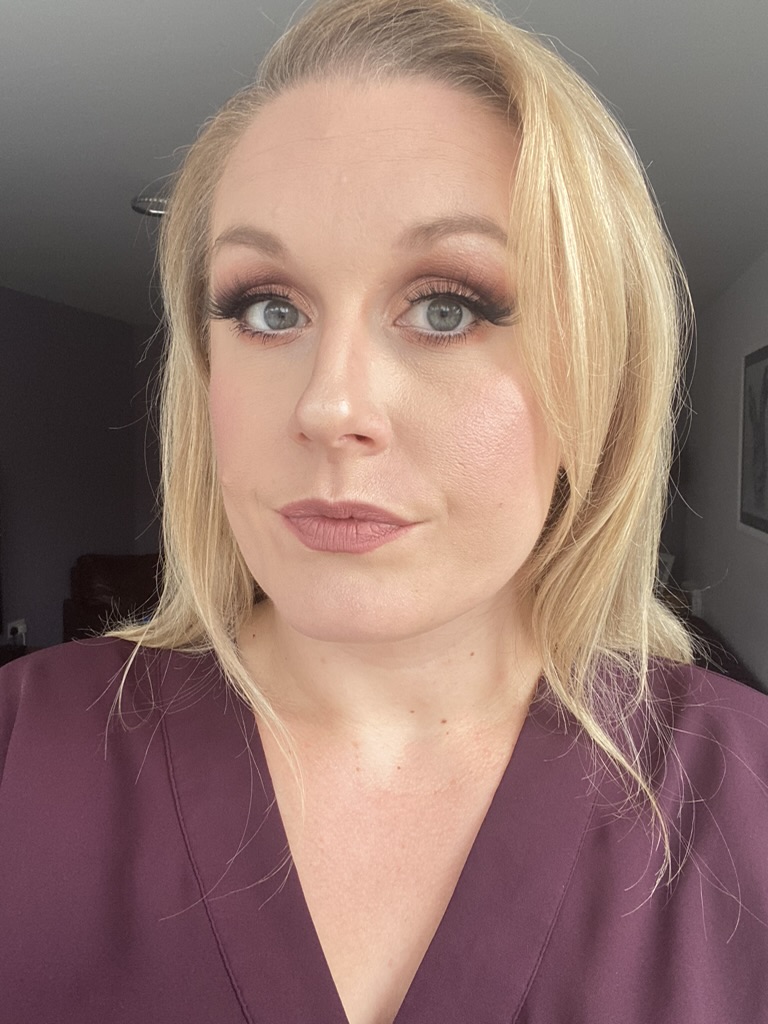
Victoria Woollaston, with nearly 20 years of experience, has reviewed gadgets, beauty tech, and household appliances for WIRED, TechRadar, and Expert Reviews. She specializes in critiquing coffee makers and small appliances for Top Ten Reviews. Victoria is also the founder and editor of inclusive beauty and grooming sites mamabella and MBman.
